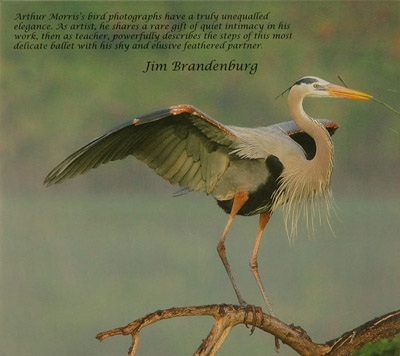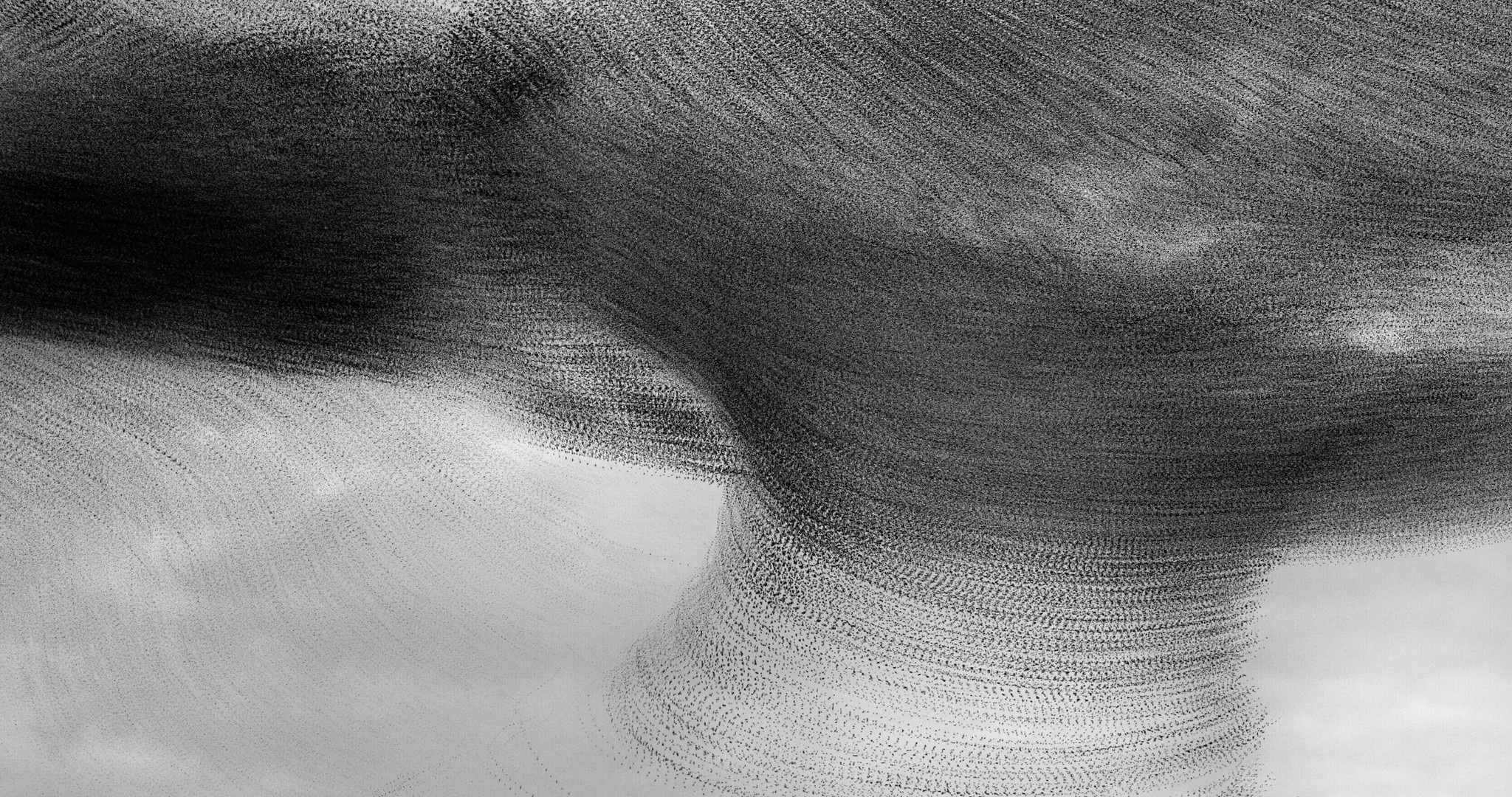

Did any photographer/s influence or inspire your work? *For all products we list the manufacturer’s suggested retail price, though many blinds can be found for less online or in stores.3. Photographer David Stimac also built his own floating blind for around $250, and chronicled the process on his blog.

A few extra tips from Stensaas, who documented the blind’s construction in a YouTube video: Wear a camo hood (the kind bow hunters wear that obscures your face) and waders that come up to your armpits, or a wetsuit. For the cockpit, he draped two layers of camouflage mosquito netting over crossed tent poles that fit into the deck. A canvas sling seat supports his weight, and a deck-mounted Wimberly head holds his camera and telephoto lens. He used four-inch PVC pipe for the base, topped with decks made from rot-resistant cedar plywood. For comparison, Stensaas built his floating blind in one day for about $100. Taking pricey equipment onto the water is always a risk, and moving the structure around can be tiresome.Įxample: The Floating Hide, one of the only floating blinds on the market, retails for about $1,050. Pros: Ability to approach water birds without spooking them, as happens in a canoe or kayak.Ĭons: The few floating blinds on the market are quite pricey, so many photographers opt to build their own, which can take days or weeks. “I'm still waiting,” he says, “for my shot of an Osprey plucking a trout out of the water right in front of me!” He’s captured close-ups of a wide array of birds, including ducks, grebes, geese, swans, loons, herons, egrets, and bitterns. “The blind also allows us to get water-level shots that create very pleasing and intimate portraits,” says photographer Sparky Stensaas, who regularly takes his two floating blinds out into the expansive cattail marshes near his Minnesota home. Type: A buoyant platform covered with clothīest for: Shooting in lakes, ponds, and marshes (ideally with even bottoms and without a lot of deep spots or currents). A cheaper option is a hunting blind, which lacks the special touches and is constructed from less-rugged material, such as Ameristep’s Doghouse Hunting Ground Blind, $80.

THE ART OF BIRD PHOTOGRAPHY II WINDOWS
These are the roomiest blinds, with some being large enough to fit two people.Ĭons: Offers the least mobility, and as a larger, more noticeable structure, it might require more planning and time to deploy in the field.Įxample: The Tragopan V5 Photo Blind, $239, specifically designed for wildlife photographers with customizable windows and a variety of lens sleeves. Pros: Completely hides the photographer and all gear. Then enter the blind before dawn to ensure you remain undetected. “You want to set it up a few days, or even a week or more, before you inhabit it, so that the animals get used to it as part of the landscape,” she says. Groo says a pond that draws a variety of species-like herons, kingfishers, and waxwings-is one ideal location to deploy a pop-up blind. Ghillie Suitīest for: Leaving set up at one spot to return to again and again.

As always, make sure to respect birds and their environment, and take special care not to get too close during nesting season. Whichever option suits your fancy, make sure to set up before the sun rises for your best chance at a successful shoot. Sometimes I’ll even get in my car in my driveway to photograph the birds in the yard.” “I’ll park on a dirt road in forest, or a parking lot where there are Killdeer nesting in the gravel. “I do work a lot from my car,” says photographer Melissa Groo. Others don’t pretend to be natural camouflage but still do the trick. Some, such as the hides highlighted here, blend into the environment.
THE ART OF BIRD PHOTOGRAPHY II PORTABLE
Portable blinds conceal you and your gear, allowing you to get close to the objects of your affection without spooking them. The solution is to go undercover with the help of a portable blind. Maybe, after weeks of searching, you’ve found that Belted Kingfisher’s perch-yet no matter how carefully you approach, the skittish bird catches sight of you and flees. Every bird photographer knows that patience and preparation are key to getting great shots.


 0 kommentar(er)
0 kommentar(er)
